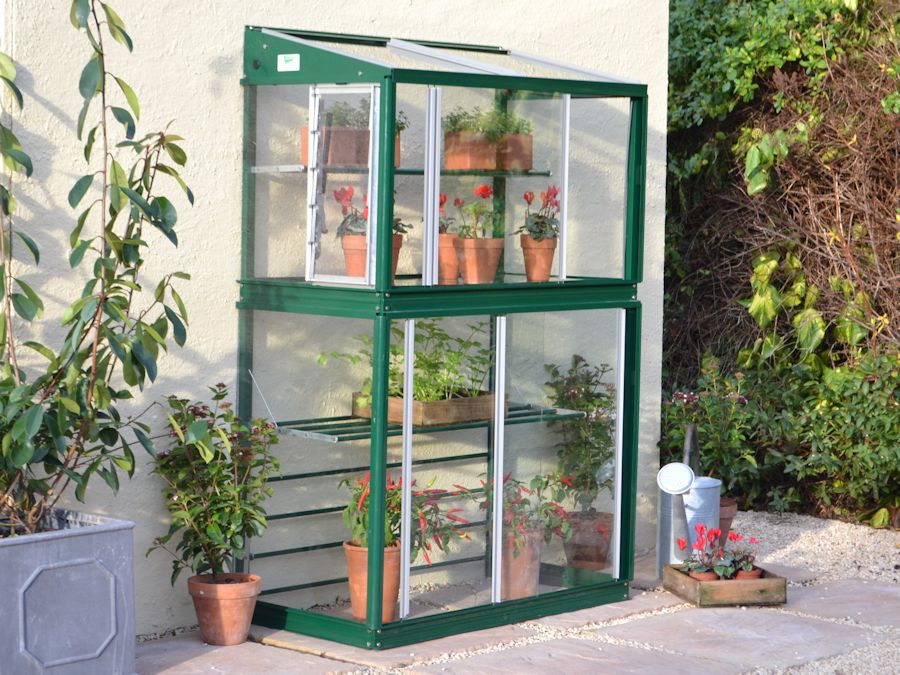

Most methane in the atmosphere comes from livestock farming, landfills, and fossil fuel production such as coal mining and natural gas processing. By diminishing the number of trees to absorb carbon dioxide, the gas remains in the atmosphere. Decaying plant material, including trees, releases tons of carbon dioxide into the atmosphere. Another way people release carbon dioxide into the atmosphere is by cutting down forests. Many electric power plants also burn fossil fuels. Cars, trucks, trains, and planes all burn fossil fuels.

Most of the carbon dioxide that people put into the atmosphere comes from burning fossil fuels such as oil, coal, and natural gas.

The amount of carbon dioxide in the atmosphere today far exceeds the natural range seen over the last 650,000 years. Emissions of carbon dioxide, the most important greenhouse gas, rose by about 80 percent during that time. Greenhouse gas emissions increased 70 percent between 19. That amount has skyrocketed in the past century. Since the Industrial Revolution in the late 1700s and early 1800s, people have been releasing large quantities of greenhouse gases into the atmosphere.

Without it, surface temperatures would be cooler by about 33 degrees Celsius (60 degrees Fahrenheit), and many life forms would freeze. The greenhouse effect keeps Earth’s climate comfortable. In this way, they act like the insulating glass walls of a greenhouse. Greenhouse gases let the sun’s light shine onto the Earth’s surface, but they trap the heat that reflects back up into the atmosphere. These gases, which occur naturally in the atmosphere, include carbon dioxide, methane, nitrogen oxide, and fluorinated gases sometimes known as chlorofluorocarbons (CFCs). The greenhouse effect happens when certain gases-known as greenhouse gases-collect in Earth’s atmosphere. The Greenhouse Effect Human activities contribute to global warming by increasing the greenhouse effect. The IPCC states that most of the temperature increase since the mid-20th century is likely due to human activities. The IPCC also found that land regions are warming faster than oceans. The increase is greater in northern latitudes. According to the IPCC’s most recent report (in 2007), Earth’s average surface temperatures have risen about 0.74 degrees Celsius (1.33 degrees Fahrenheit) during the past 100 years. The IPCC evaluates the risk of climate change caused by human activities. This Intergovernmental Panel on Climate Change (IPCC) includes thousands of scientists who review the most up-to-date research available related to global warming and climate change. In 1988, the World Meteorological Organization and the United Nations Environment Programme established a committee of climatologists, meteorologists, geographers, and other scientists from around the world. Scientists worry that the climate is changing faster than some living things can adapt to it. Natural cycles of warming and cooling are not enough to explain the amount of warming we have experienced in such a short time-only human activities can account for it. However, the recent warming trend is happening much faster than it ever has. Past changes in Earth’s temperature happened very slowly, over hundreds of thousands of years. It has also gone through warm periods when temperatures were higher than they are today. Our planet has gone through multiple ice ages, in which ice sheets and glaciers covered large portions of the Earth. Global warming is often described as the most recent example of climate change. These events provide students with an array of learning opportunities while also helping to bring together a tight-knit community within a large school.Global warming describes the current rise in the average temperature of Earth’s air and oceans. Hands-on opportunities include cooking locally and sustainably, restoring a prairie, fixing bicycles, and gardening – just to name a few. GreenHouse faculty and staff also help students to get their hands dirty and engage in experiential learning opportunities on campus and in the Madison area. On average, residents have three opportunities each week to participate in a GreenHouse-sponsored event. Residents are able to learn about the Madison community and its building projects, take part in cooking classes, canoe trips, and enjoy films and other travel opportunities. Events and programs linked to experiential learning, food and environmental justice take place multiple times each semester. Being the hands-on environment that it is, GreenHouse has many student-led initiatives take place throughout the year.


 0 kommentar(er)
0 kommentar(er)
